The first neon sign was created in 1910 by French engineer and inventor Georges Claude
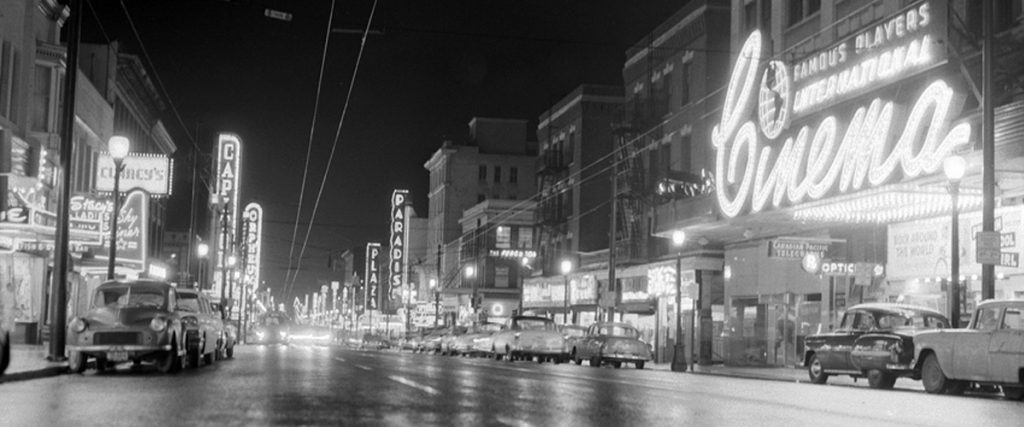
The first neon sign was created in 1910 by French engineer and inventor Georges Claude. Claude had developed the technology for neon lighting several years earlier, but it wasn’t until 1910 that he installed the first neon sign outside a barbershop in Paris, France.
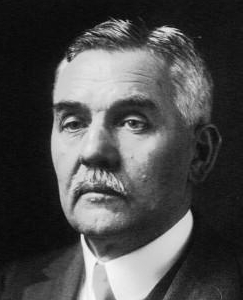
The sign featured the word “BARBIER” in red neon letters, and it quickly caught the attention of the public with its bright and eye-catching glow. Neon signs quickly became popular throughout Europe and the United States, and by the 1920s they were a common sight in cities around the world.
Claude developed neon tube lighting to exploit the neon that was produced as a byproduct of his air liquefaction business. These were all “glow discharge” tubes that generate light when an electric current is passed through the rarefied gas within the tube. Claude’s first public demonstration of a large neon light was at the Paris Motor Show (Salon de l’Automobile et du Cycle), 3–18 December 1910.
Claude’s first patent filing for his technologies in France was on 7 March 1910. Claude himself wrote in 1913 that, in addition to a source of neon gas, there were two principal inventions that made neon lighting practicable. First were his methods for purifying the neon (or other inert gases such as argon). Claude developed techniques for purifying the inert gases within a completely sealed glass tube, which distinguished neon tube lighting from the Moore tubes; the latter had a device for replenishing the nitrogen or carbon dioxide gases within the tube. The second invention was ultimately crucial for the development of the Claude lighting business; it was a design for minimizing the degradation (by “sputtering”) of the electrodes that transfer electric current from the external power supply to the glowing gases within the sign.
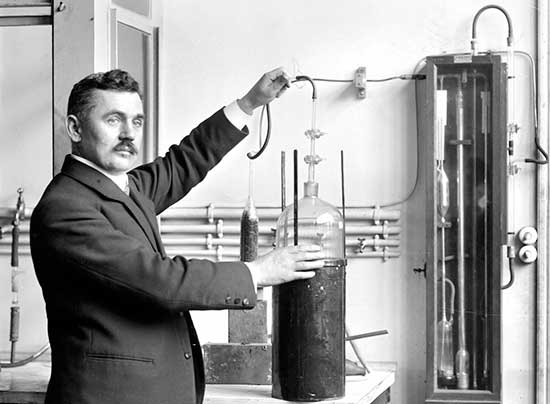
The terms “neon light” and “neon sign” are now often applied to electrical lighting incorporating sealed glass tubes filled with argon, mercury vapor, or other gases, in addition to neon. In 1915 a U.S. patent was issued to Claude covering the design of the electrodes for neon lights; this patent became the strongest basis for the monopoly held in the U.S. by his company, Claude Neon Lights, through the early 1930s.
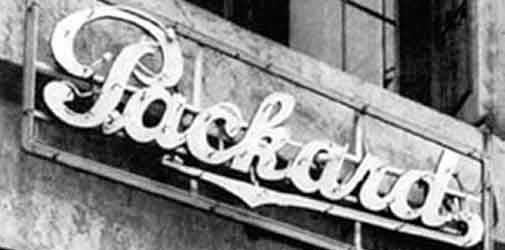
Georges Claude and the French company he founded have long been said to have introduced neon signs to the United States by selling two to Earle C. Anthony, the owner of Packard car dealerships in San Francisco and Los Angeles (in 1923) but no conclusive evidence of this has ever been uncovered. Instead, photographs from 1923–25 reveal a neon sign in Los Angeles, but not until 1925. A photograph of Anthony’s San Francisco dealership may show a neon Packard sign in 1924 but is not conclusive.
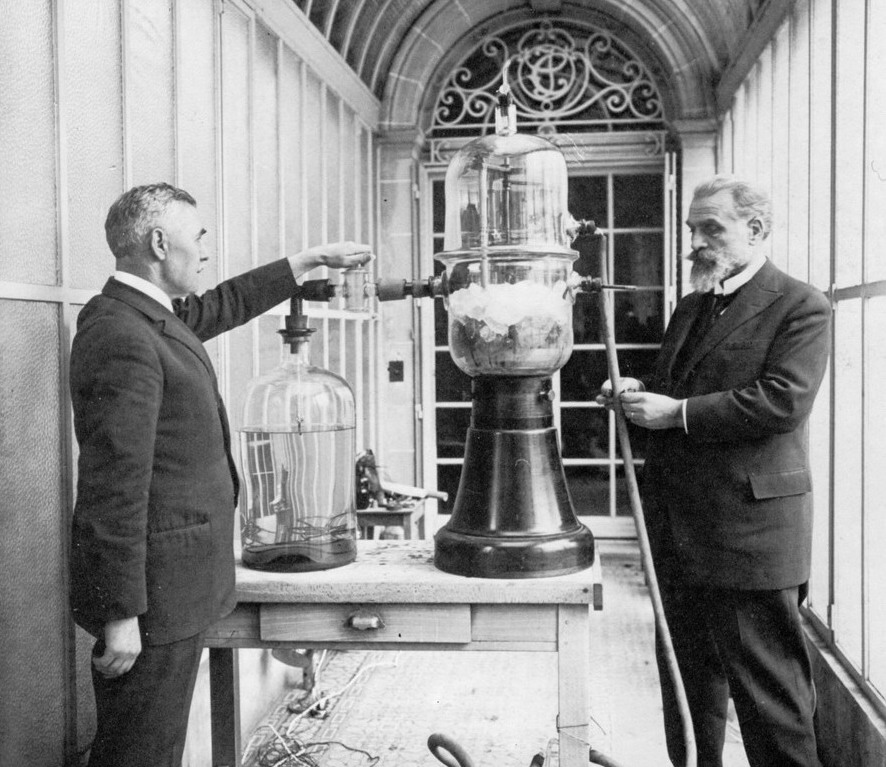
However, by 1924 Claude’s company (Claude Neon) had opened subsidiaries or licensed patents to affiliated companies across the US (like Electrical Products, Company on the US West Coast) and, though neon signage caught on only slowly, by the 1930s it was common across the US, eventually becoming, for a few decades, the country’s dominant form of lit signage.



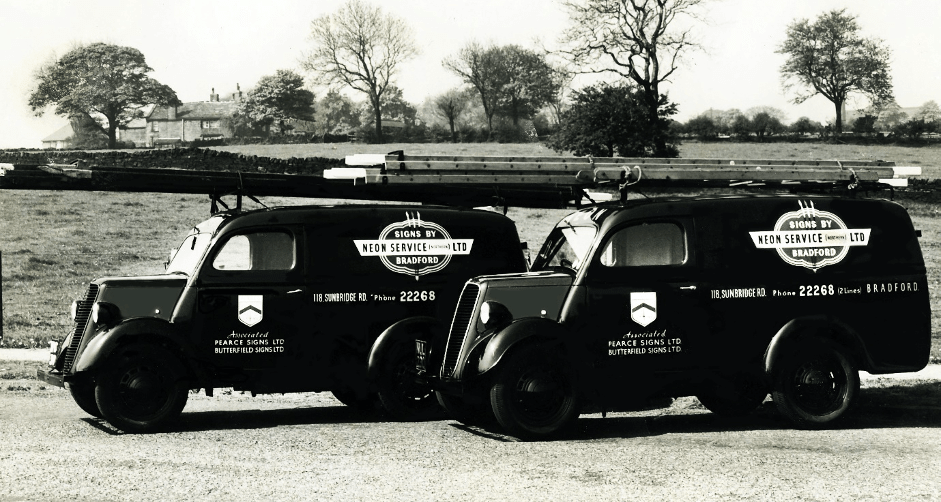
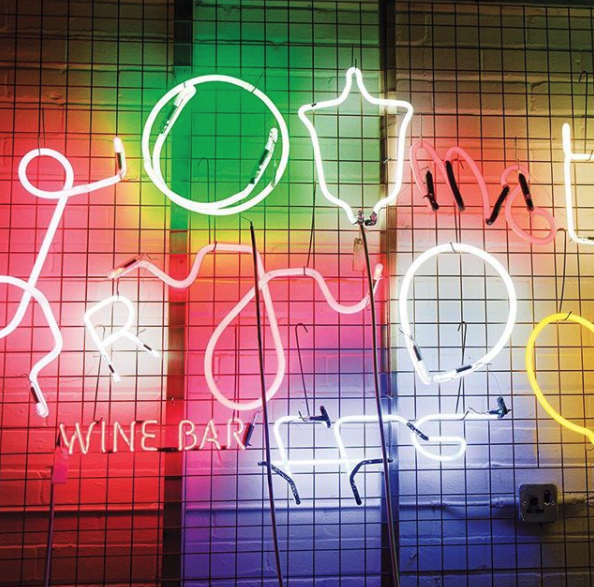
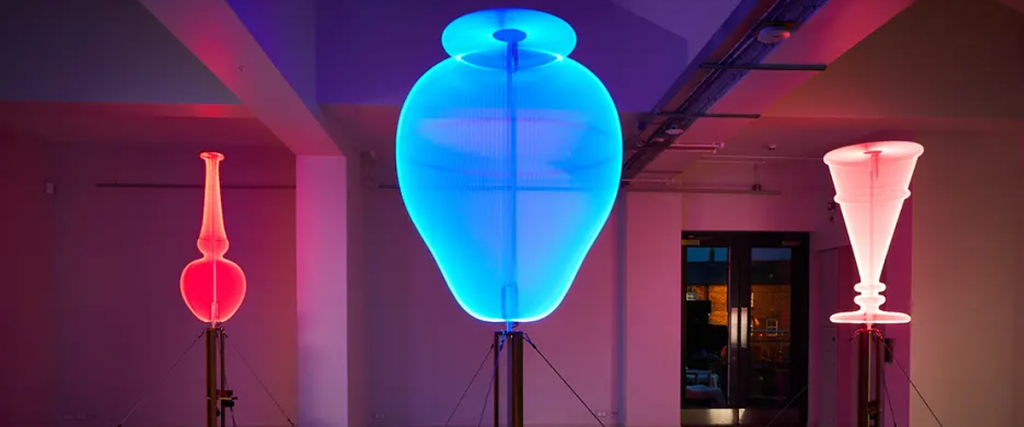
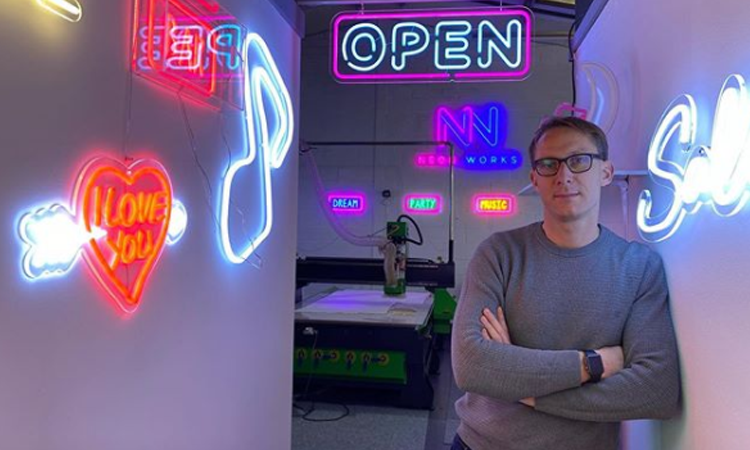
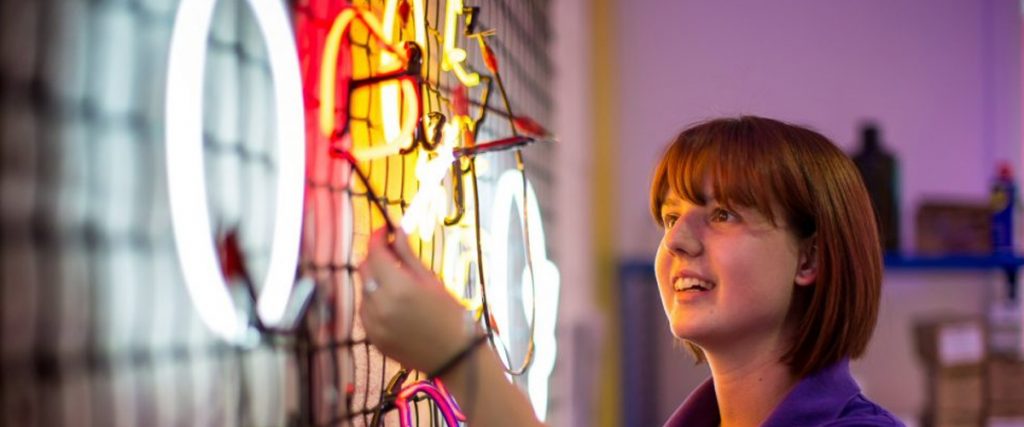
Responses